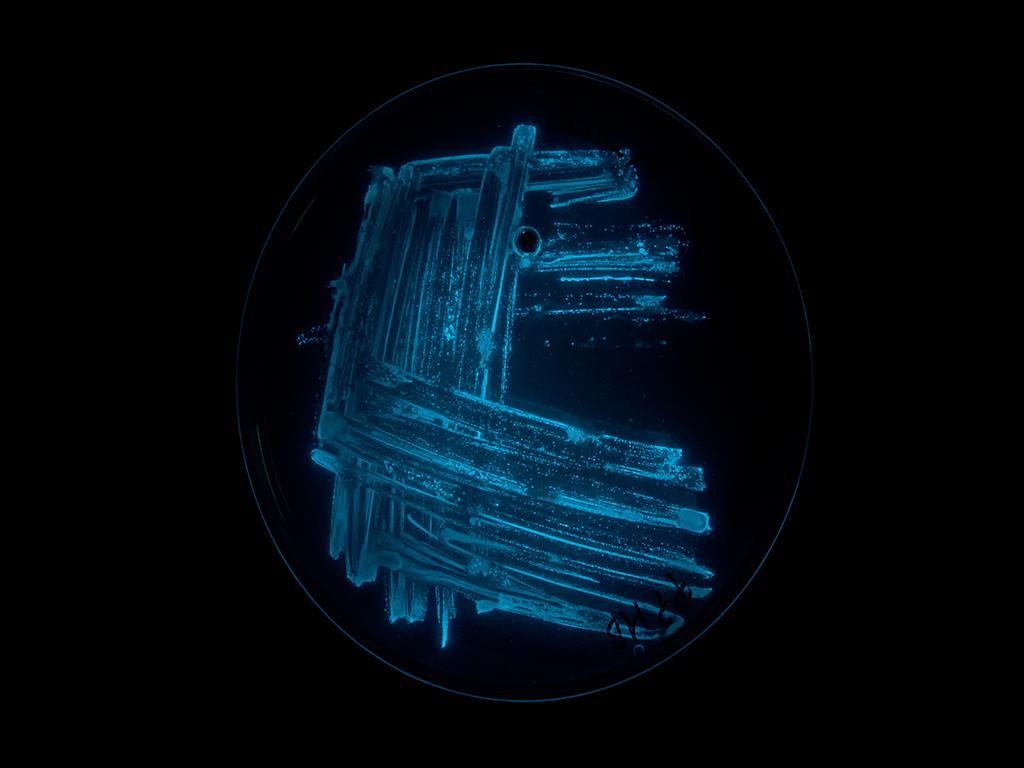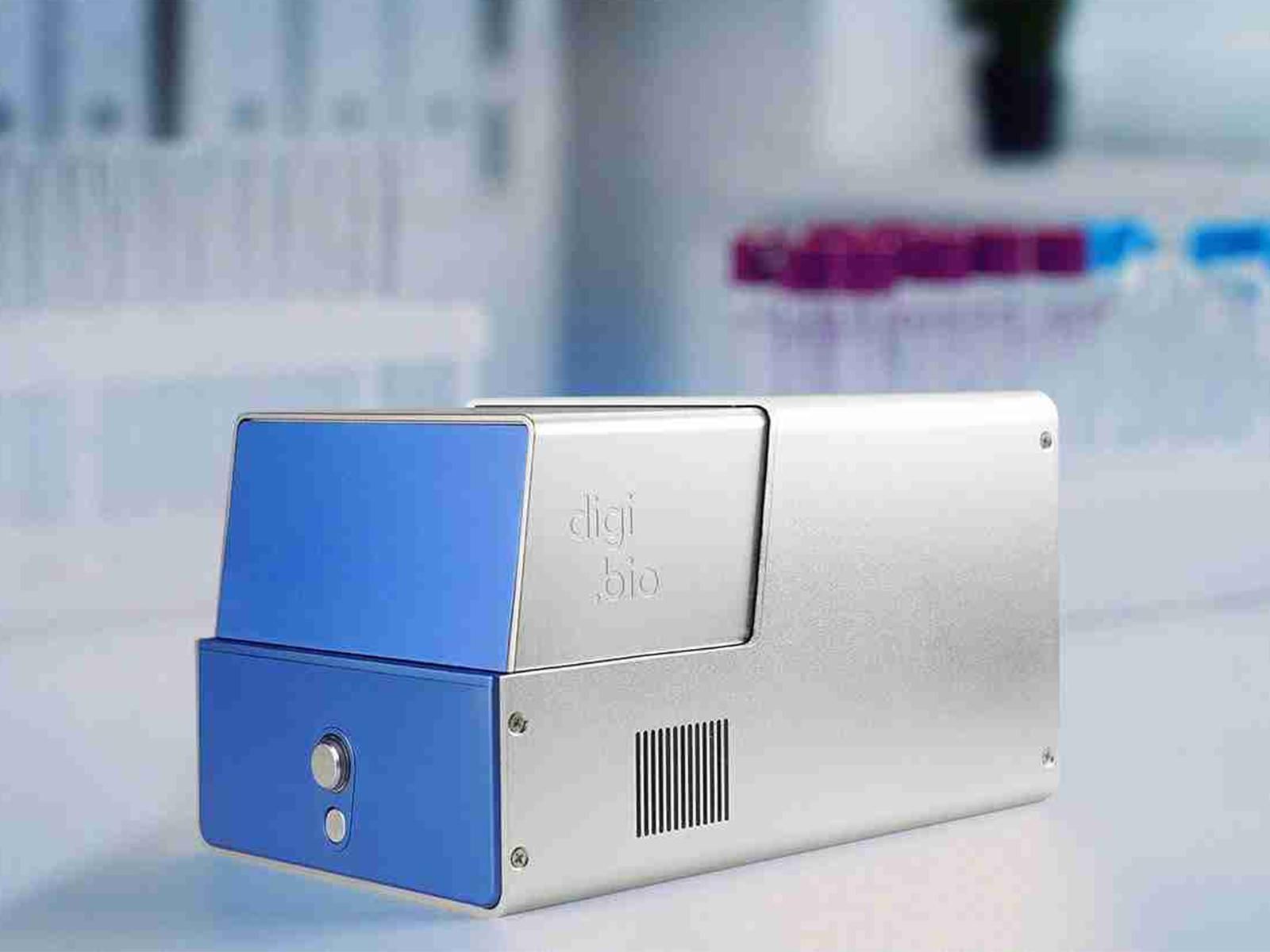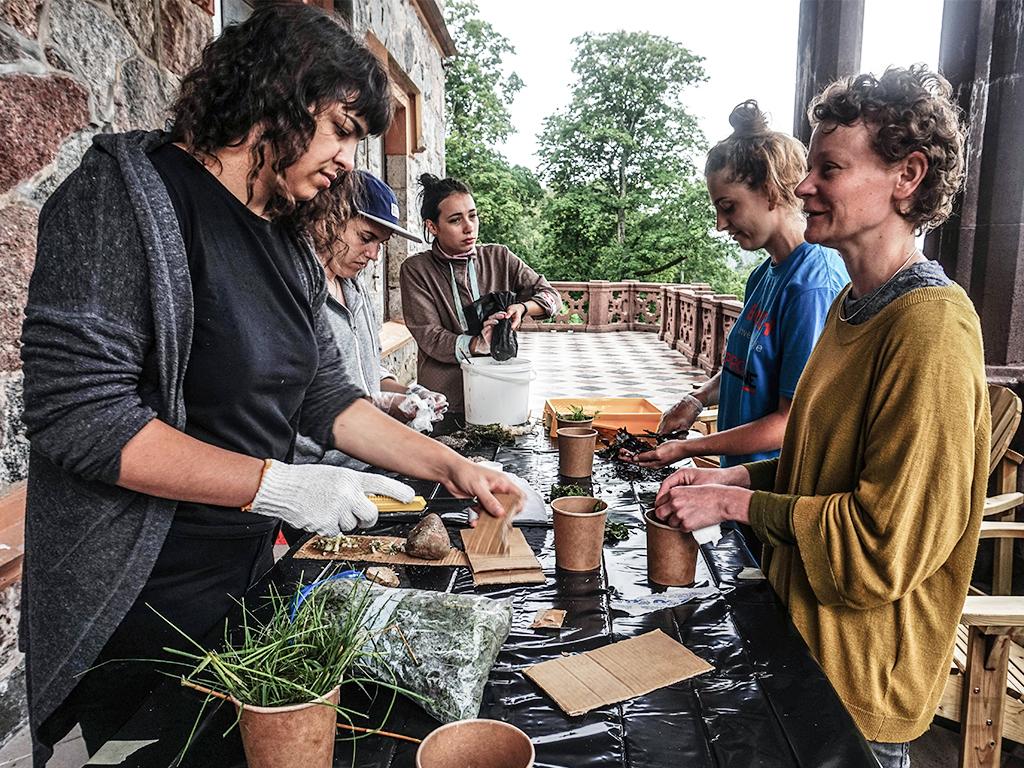From a simple seed a tree grows into beautiful and complex structures. Roots, branches, and leaves work together to transform the power of the sun into biomass. Yet, tons of these impressive bio-structures end up in a shredder—reduced to flat, lifeless sheets of paper.
A symbiotic relationship
In the Open Wetlab, regular visitors are experimenting to uncover alternatives to this wasteful process. These visitors found that cellulose, the building block of trees and the main component of paper, can also be produced by microorganisms. A symbiotic relationship between yeast and an acidic bacteria can convert a mixture of tea and sugar into thick sheets of this biopolymer.
Bio-based book
First, Federico Muffito will guide us through the process of growing our own cellulose, and we will experiment with turning this raw material into paper. After our hands-on paper experiment, we'll get a dose of bio-art inspiration. Naja Ankerfeldt, who participated in the Open Wetlab’s “Live Art, Living Art” course, will present her “microbial skin” machine (based on the use of this material in her artistic practice).
But what’s paper without a pen? Together with Ingrid Nijhoff, we will develop our own ink, using pigment-excreting bacteria. Let’s attempt to distill pigments from biomass, so we can write the first pages of a fully bio-based book.
No prior knowledge of biotech is required, but be prepared for a lot of hands-on action and documenting the activities on the fly.
Programme
18:00 – 19:00 Bring your own take-away food and let’s have dinner together
19:00 – 19:30 Intro talk by Federico Muffito & Ingrid Nijhoff
19:30 – 20:30 Bio-paper & bio-ink practical
20:30 – 21:00 Presentation by Naja Ankerfeldt on the “Skin Machine”
21:00 – 21:45 Experiments and/or dialogues continue
21:45 – Wrap up and drinks
About Ingrid Nijhoff
As a graphic designer she is looking for cross-overs between science and design. Questioning herself, How can we use biology/bacteria more in our daily life. With the project 'Living Pixels'/'Levende Pixels', she wants to make bio ink from pigmented bacteria for using it in graphic design.
About Naja Ankarfeldt
Naja Ankarfeldt graduated from The Royal Danish Academy of Fine Arts, school of design in Copenhagen 2013. She now studies ArtScience MA at The Art Academy of The Hague, the Netherlands. Through her visual artwork she investigates how we are connected to nature, and how the knowledge of shapes and biological structures can be presented through working with materials, technology and digital art.
Costs
The costs for this workshop are € 7,50 to be paid at the event (PIN payments are possible).


